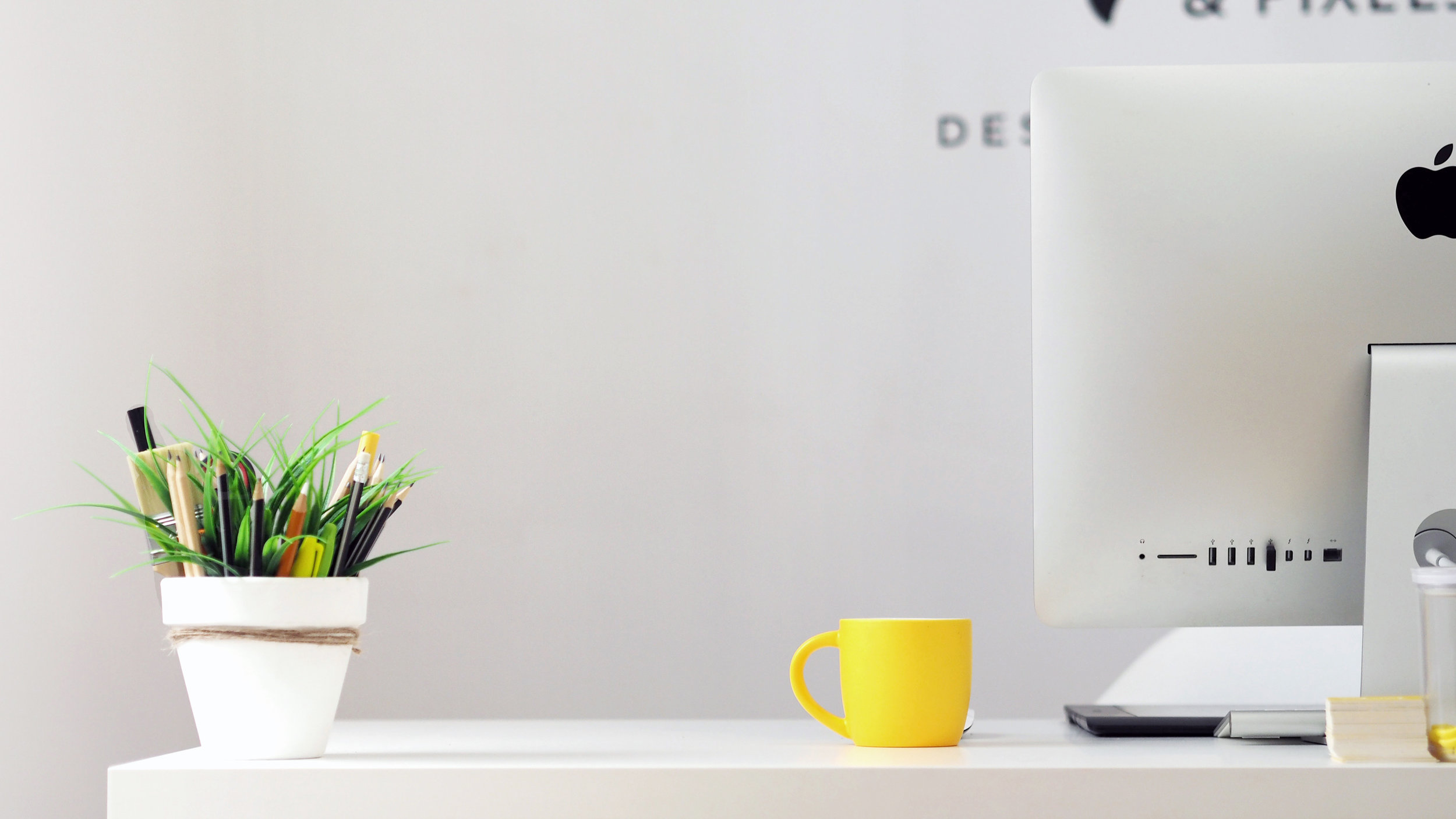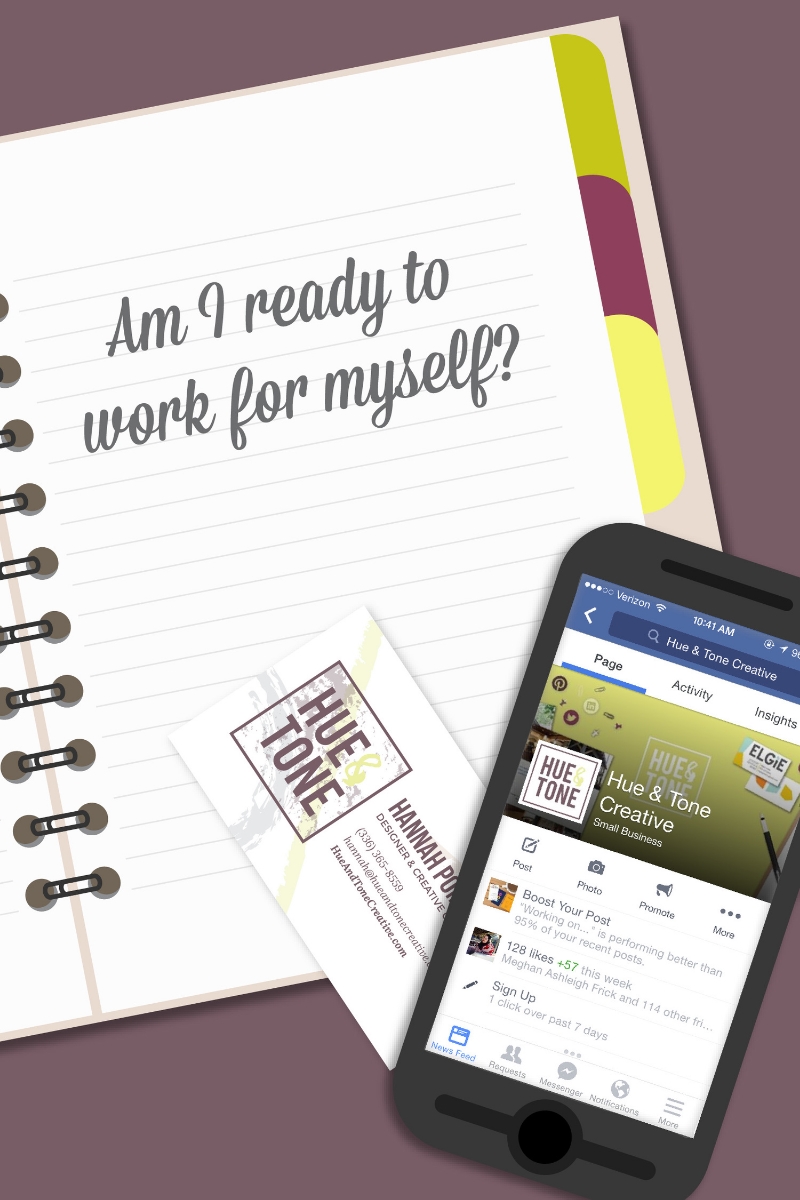We’ve all seen commercials for web builders like Wix, Squarespace, and Wordpress. They lead with a promise of creating a great website at lightning fast speed... even if you have no previous experience. It almost sounds a little too good to be true, right?
It all depends on your needs. While web site builders make it easier than ever for non-designers to pull together their own website, they don’t work for everyone. If you’re a tech savvy business owner who needs a simple site, they might be a great option. But, if you’re tech-challenged, short on time, or in need of a more custom site you probably need to consider hiring a web designer.
Anyone can point out a website they like or select a template – but designers are the ones who can identify and execute all the elements needed for an on-brand, functional website. From color palettes and font pairings to white space and photography, there are some things a novice just won’t be able to execute on their own.
Before you decide which route to take, let’s run through some of the pros and cons of DIYing or outsourcing your design:
Outsourcing design: pros
Professional end product
There’s no denying that the end result of hiring a web designer is inevitably going to be stronger than what you’ll be able to create on your own. A strong website design will inevitably help you achieve your website goal, no matter if it’s more email opt-ins, a higher conversion rate, or more brand exposure.
Functionality aside, did you know that 75% of consumers judge a brand’s credibility based on their site’s design? Web users are savvy, and they can sniff out a homemade website from a mile away – which in the long run could translate to a lot of missed opportunities.
Saves you time and stress
Pulling together a list of your website needs and handing it over to a third party saves you immeasurable amounts of time and stress. You’ll be able to skip the hassle of doing background research, brainstorming concepts, refining ideas, finding your way around unknownsoftware, and making endless tweaks to the site.
You can simply put your wish-list together, pass it on, and then get on with the rest of your to-do list while your designer handles the creative.
It’s a long term investment
Every business’ end goal is to generate revenue. But every good business owner knows that sometimes you have to spend money to make money. While you’ll pay a greater upfront cost to hire a web designer, you’re going to be walking away with a high quality final product that will serve your business for years to come.
Creating your website yourself has the potential to open you up to issues with data security, mobile responsiveness, search optimization, and more – which long-term could lead to spending more than the cost of hiring a web designer.
Outsourcing design: cons
It’s more expensive
The price you pay will vary from designer-to-designer (we would estimate anywhere from $500-$8,000 based on the complexity of your site) but it’s certainly more expensive than what a DIY tool will cost you. If you’re a brand new business or start-up with a limited marketing budget, the cost of hiring a web designer may feel prohibitive.
Although we’ve listed this as a con, we urge you to think of the bigger picture, and your return on investment down the line.
Less insider info about your business
Every business has their own way of working, their own personal preferences, and their own knowledge of what’s worked in the past. Understandably, an outsider won’t possess nearly as much knowledge about your business as what you have. It make take a few meetings to educate them on the ins and outs of your business so that they’re able to create an effective website for you.
If you feel like your designer isn’t listening or doesn’t have the time to talk through the backstory of your business, we suggest finding someone else who will.
Finding the right fit
You do your research, talk to a number of potential designers, and still you feel like you can’t find the right fit. Keep on looking!
Settling for the wrong designer is going to cost you more time and money in the long run, so be sure to do your research and settle on a clear scope of work before agreeing to anything.
A good designer should ask you a lot of questions before providing a quote, should explain the process to you, be able to answer your questions, and will outline a clear scope before the project kicks off. If you feel like you’re in the dark about what you’ve agreed to or you feel like they just don’t get your business, then we suggest looking elsewhere.
Ask for referrals, get the designer to provide ample work samples, and check out the quality of their online presence to get a good idea of their working style and final products.
DIY design: pros
Save money
There are lots of online tools that let you create artwork for free, or offer additional features for a low fee. Either way, it’s likely to be cheaper than onboarding a designer.
Total control
Working with a designer means having to make compromises based on their expertise, and we’ve seen first-hand how hard this can be for some business owners. If you think you’ll be unable to work with an outside party on your website, you may want to consider keeping the project in house.
DIY design: cons
Compromised quality
Design is a skill like any other. The same way you can’t waltz onto a construction site and expect to be a builder, you can’t start using software and expect to be a designer.
Imagine you had to build a brick wall right now. Now imagine what the end result would look like. Compare that to what a professional mason would be able to build. The world of design is no different.
More time, more limits
We’ve already mentioned that there are various cheap and/or free design tools around. But with their cost-saving benefits come limitations – both on what free software can do and what you’ll be able to execute with your limited skill set.
There’s only so much you can do on basic design tools, and by limiting the flexibility of your designs, you’re essentially putting a cap on the potential quality of your finished product.
Tunnel vision
After working solo on your marketing for so long, you think you know exactly what works best and what your customers want. In some cases this might be true, but in a lot of cases there’s value for bringing in a fresh perspective – especially someone who is a marketing expert. Bringing in a web designer will help you get a fresh perspective and some new ideas.
An expert designer will be able to take your marketing materials to a new level that you’ll never be able to execute with in house design, making you more competitive and more likely to stand out from the crowd.
Loss of expertise
Last but not least, is the loss of experienced, tried and tested expertise. Let’s stick with our construction analogy. If someone asked you to build a skyscraper, you wouldn’t know where to start, or what best practices you need to follow, would you? Nor would you be expected to.
Professional designers have spent years mastering their trade. They’re hot on the heels of current and emerging trends. They’ve had past success and failures to learn from. And, they’ll be able to translate your ideas into something that works well for you while still fitting in with current trends.
What does all that mean for you? A stand-out final website.
Hue & Tone Creative: Web Design for the Triad
Now convinced you need to hire someone to help with your new website? Give us a call so we can see if we're a good fit for designing your new site or sprucing up your existing one. From web mockups to executing the final design, we want to be your go to partner for all things web and design.











